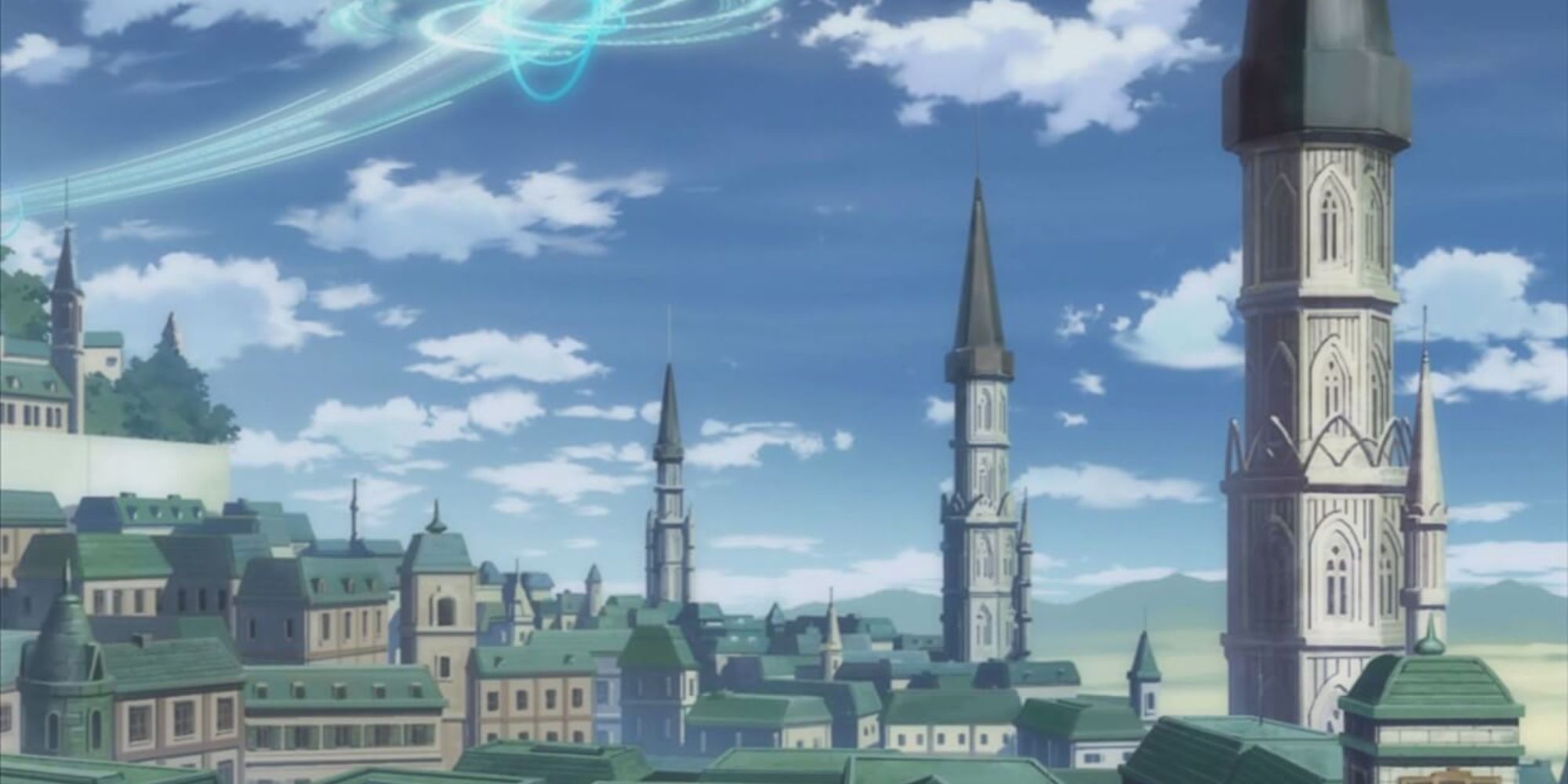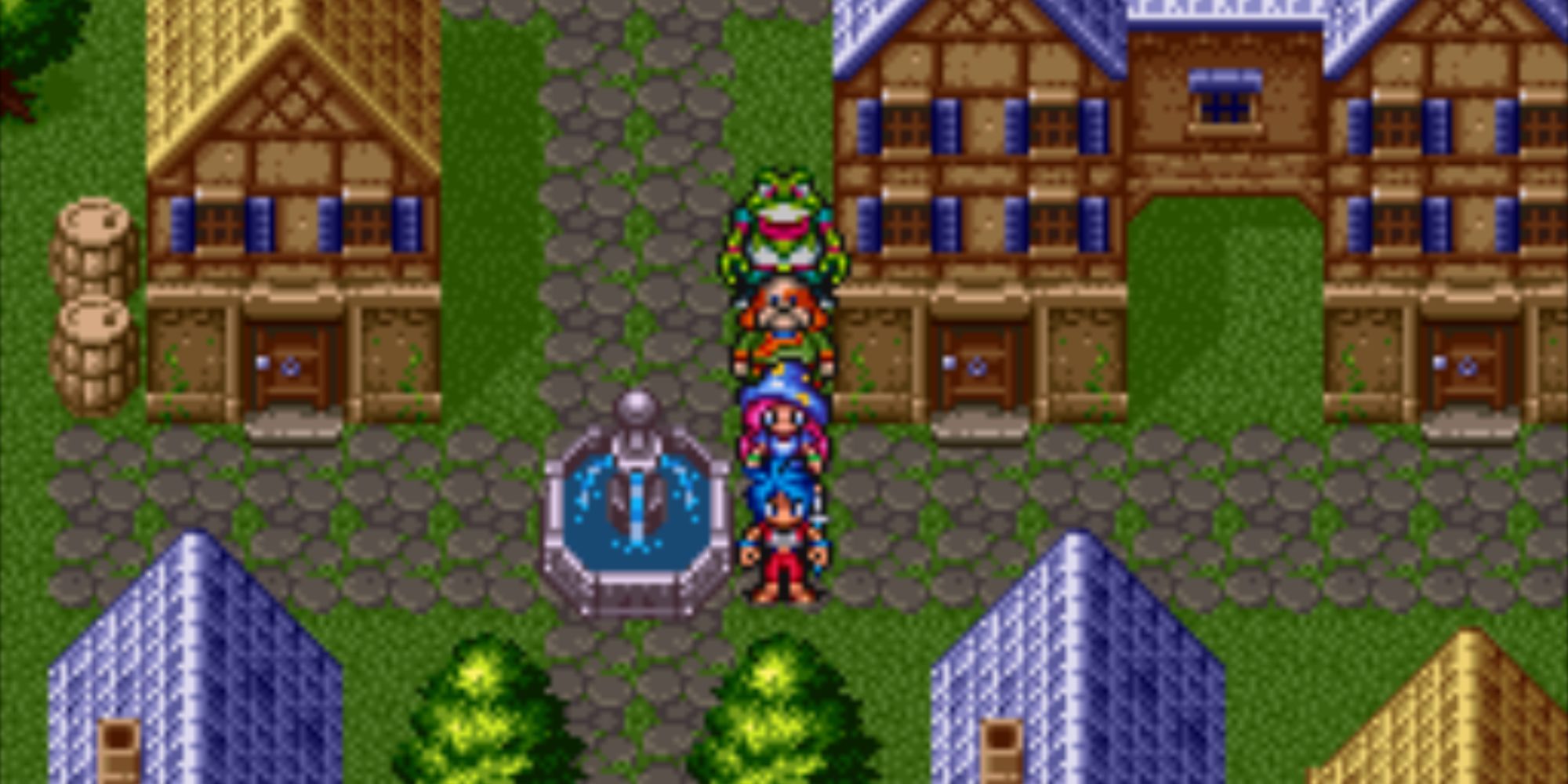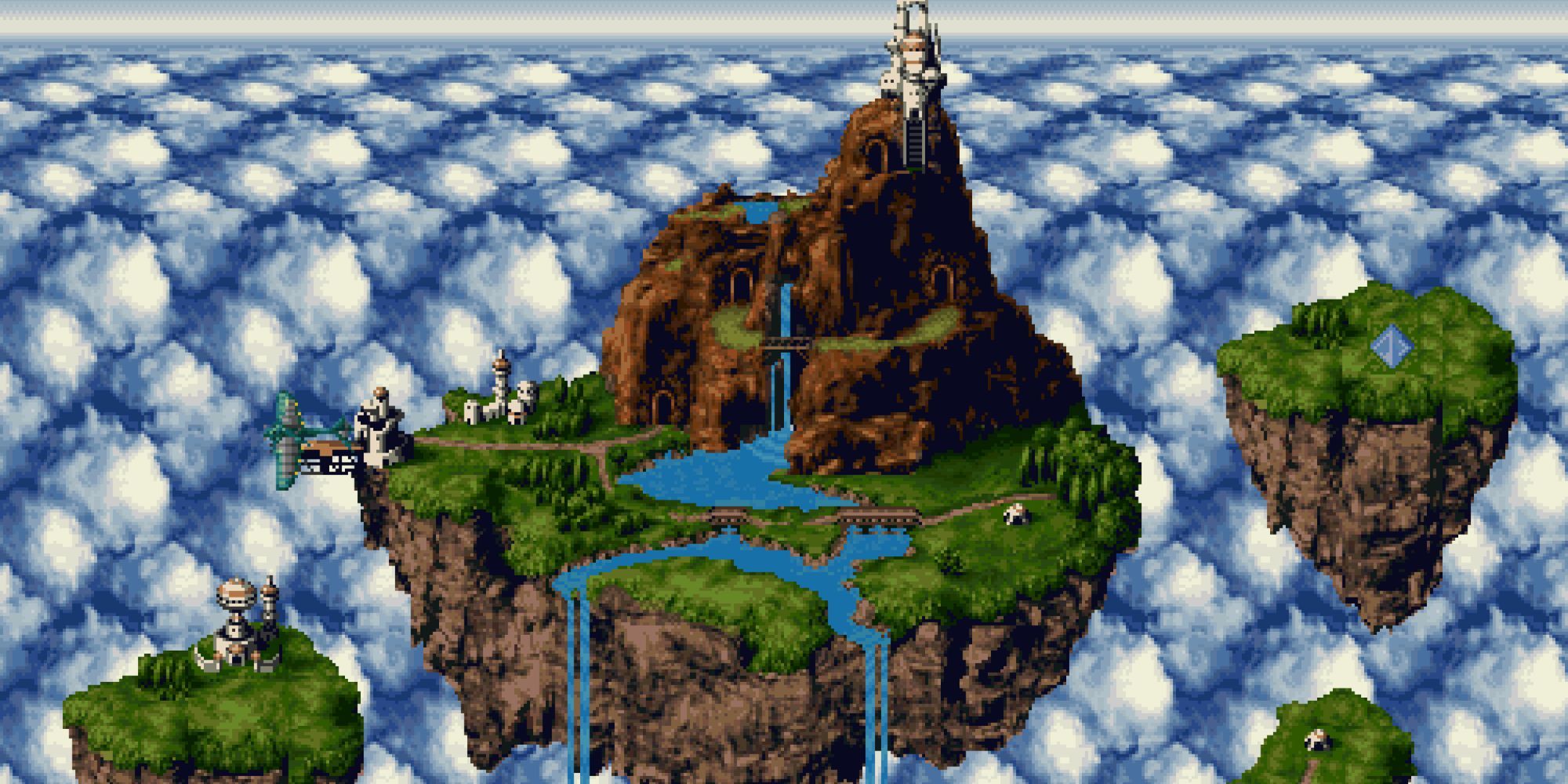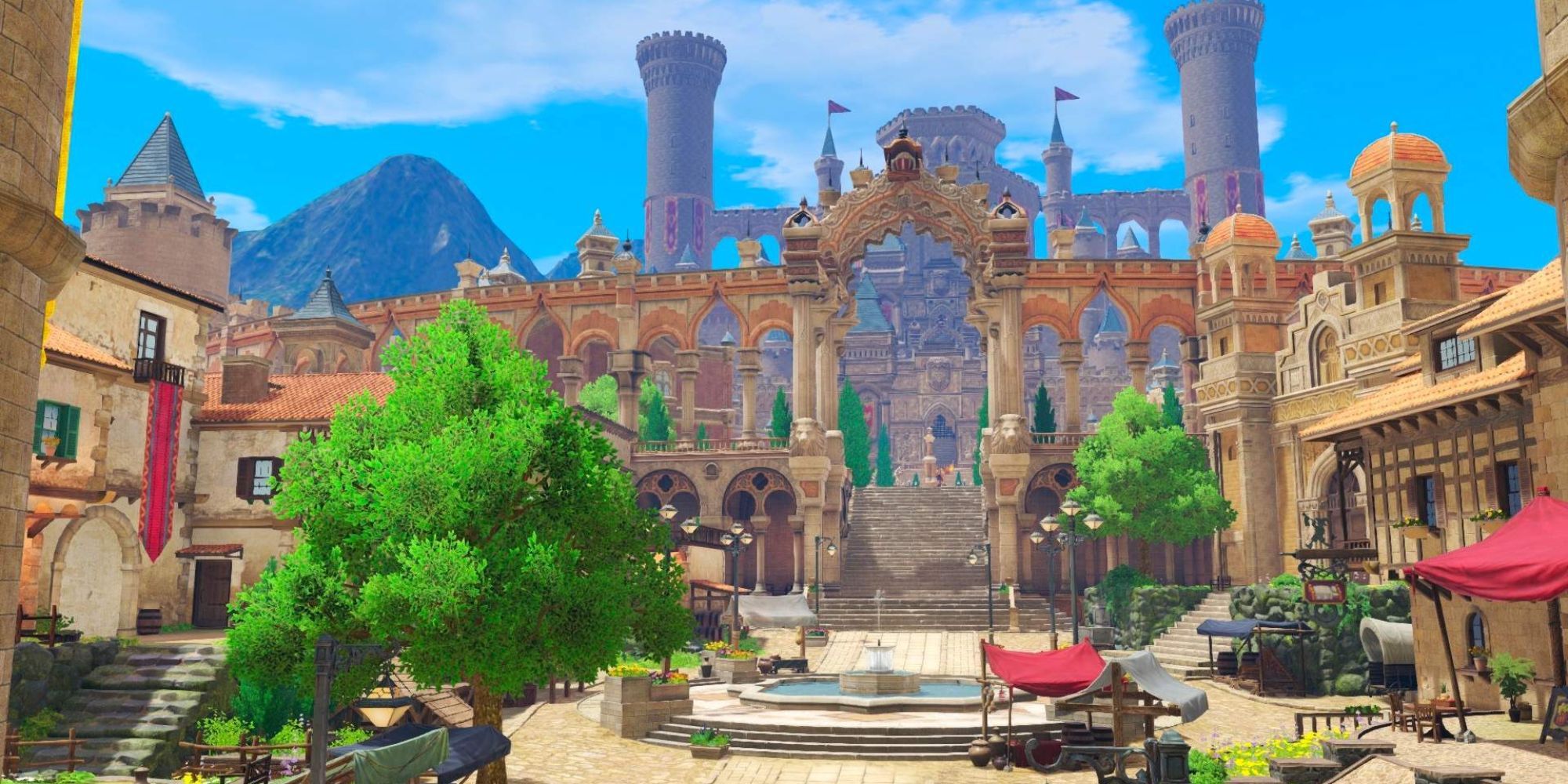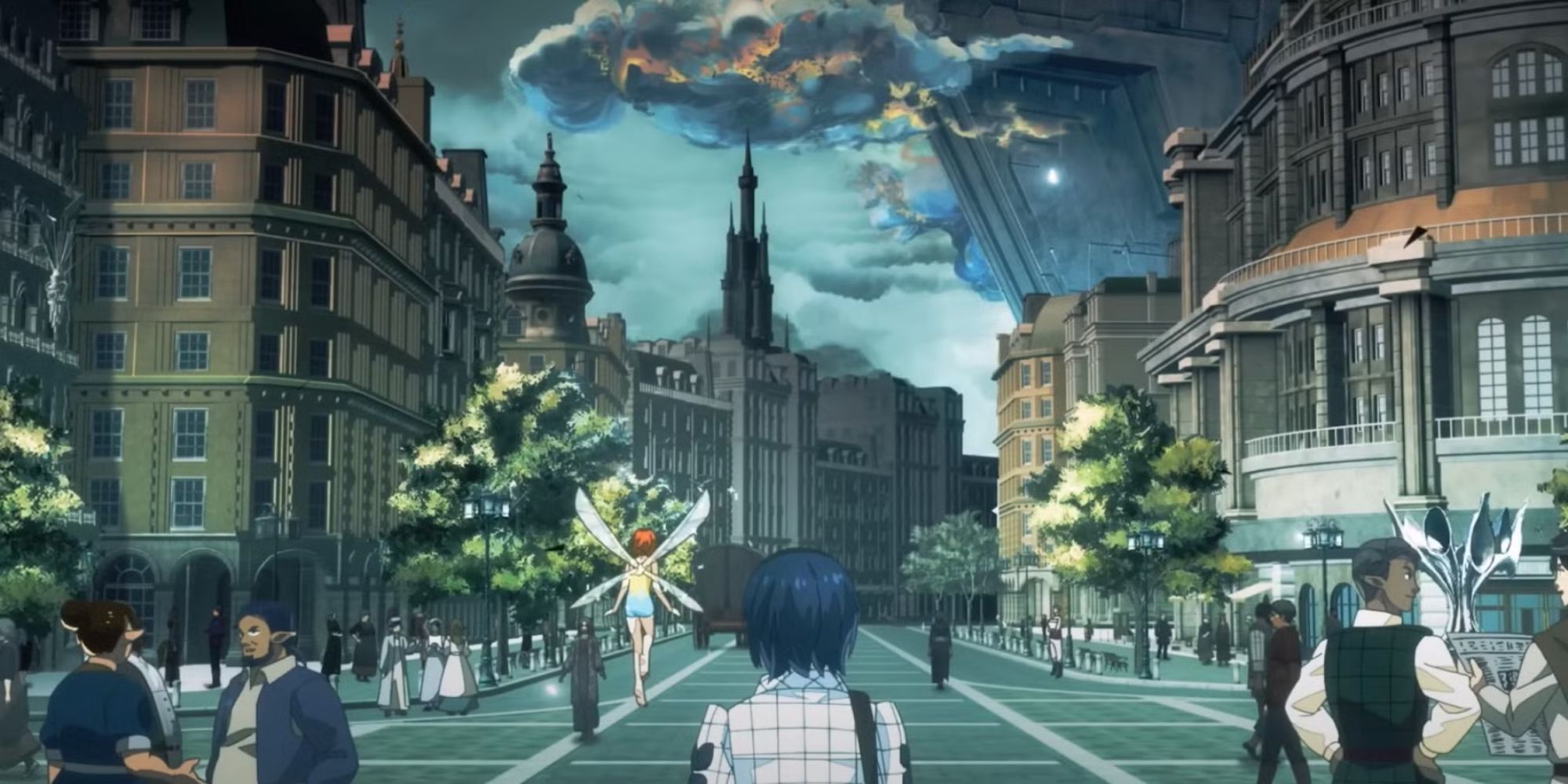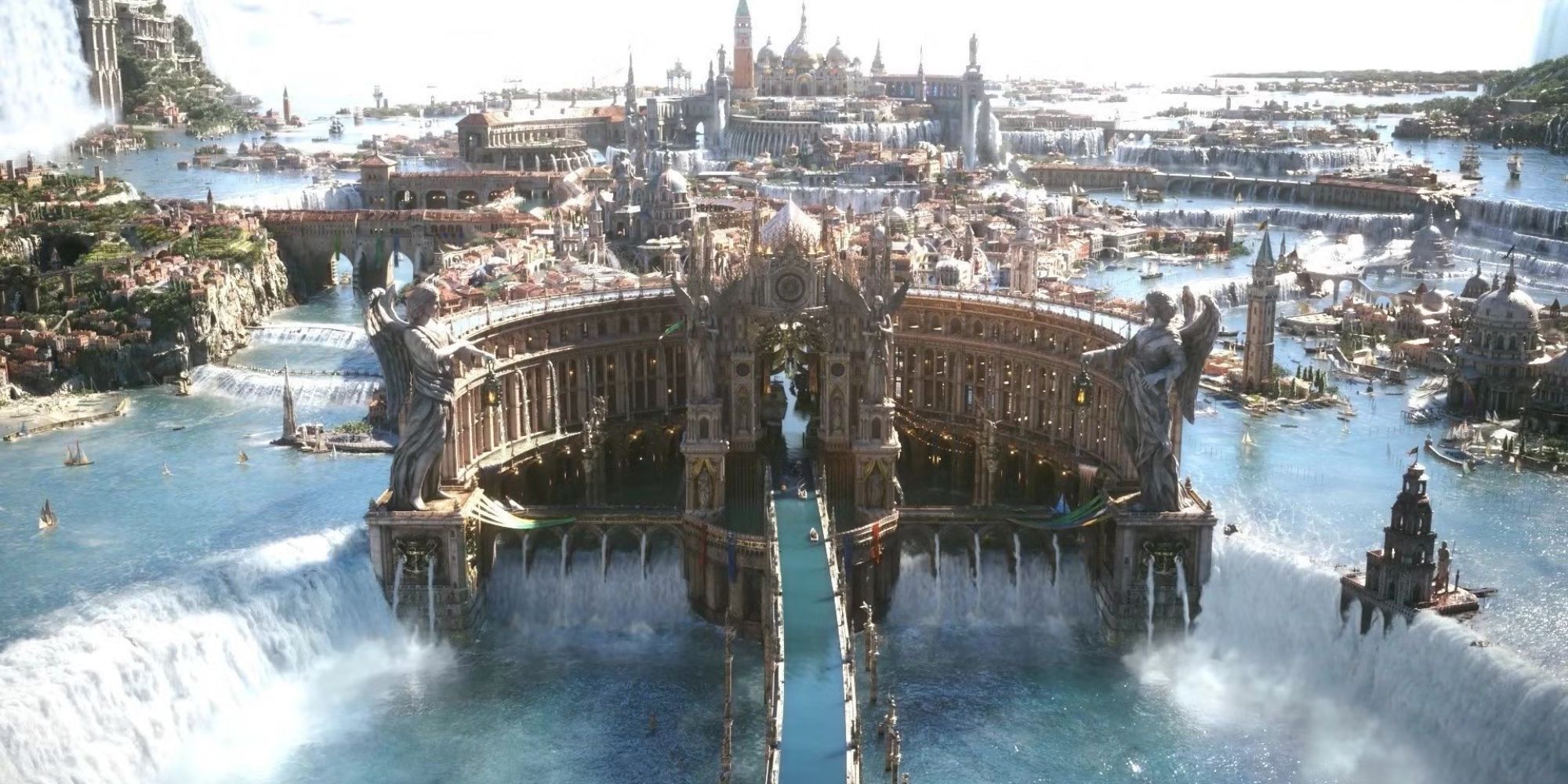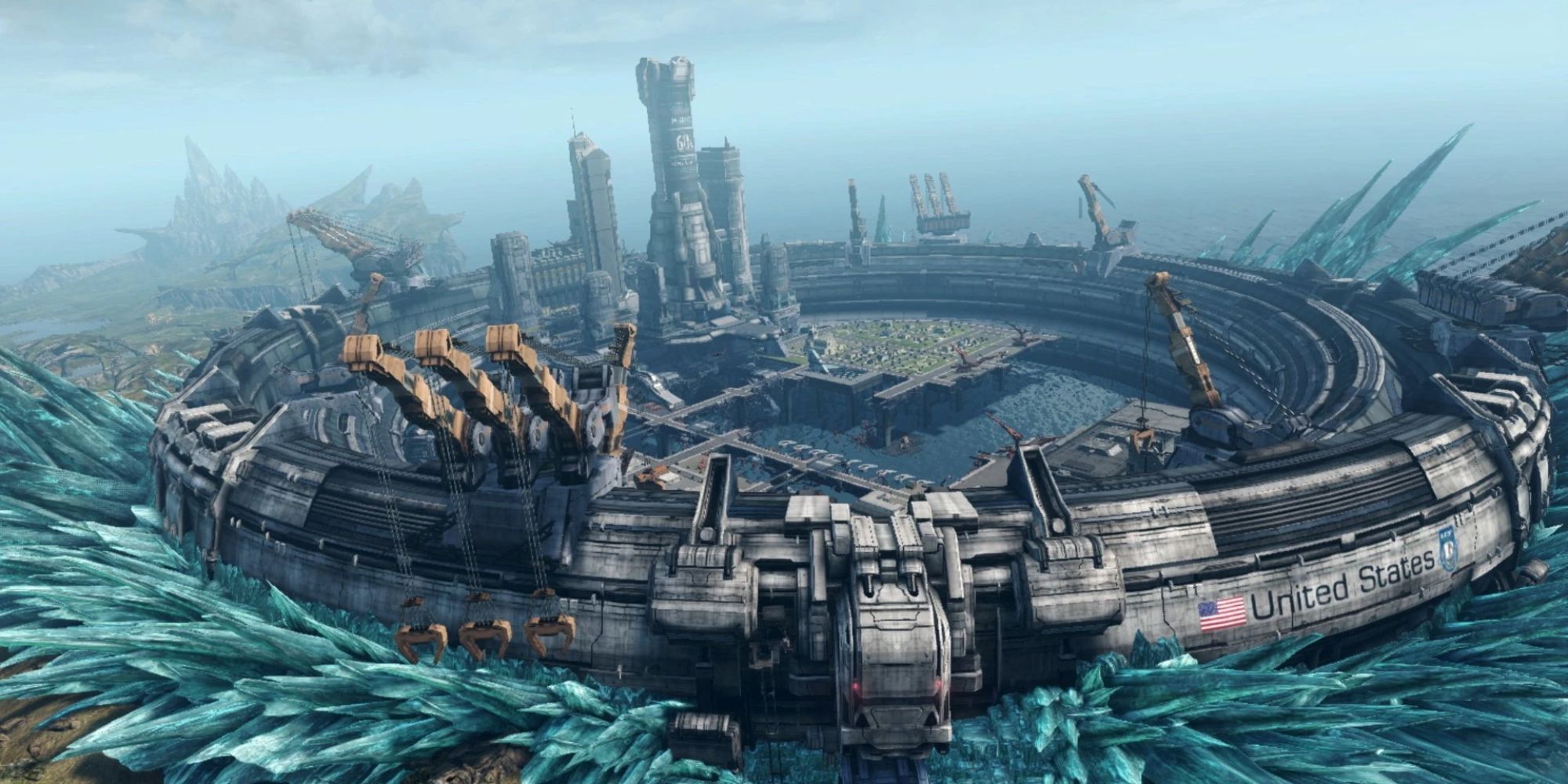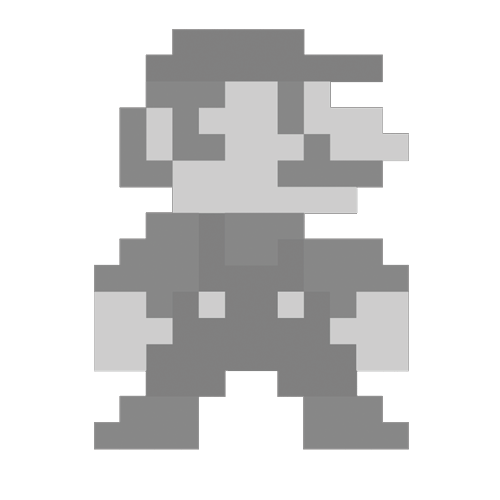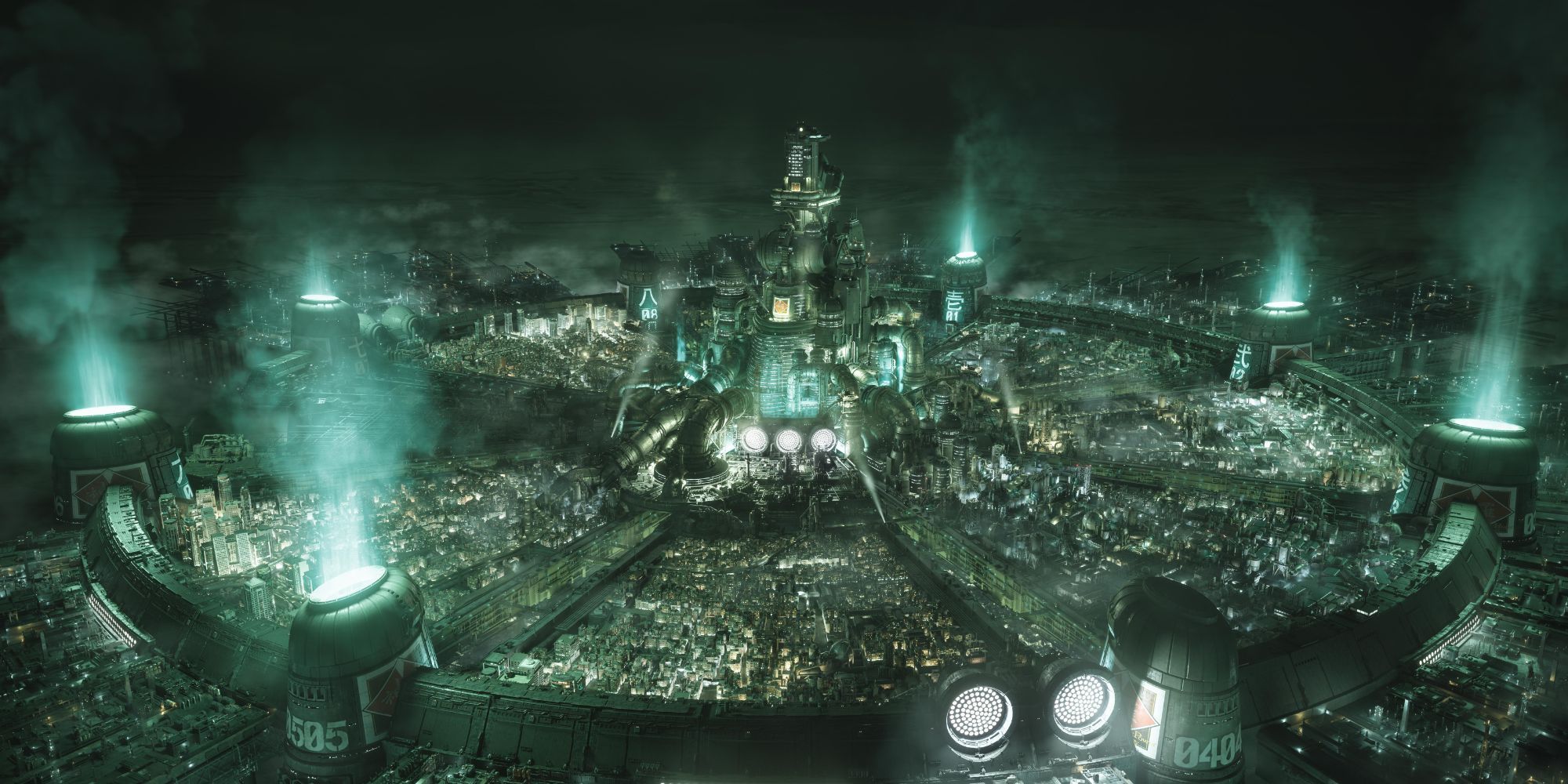One hallmark that makes a JRPG experience so rich is the possibility to wind down our exploration whenever we reach towns and cities.
It’s time to rest at an inn, browse the stores for new weapons, restock our items, or even test our luck at the casino if we’re playing a Dragon Quest.
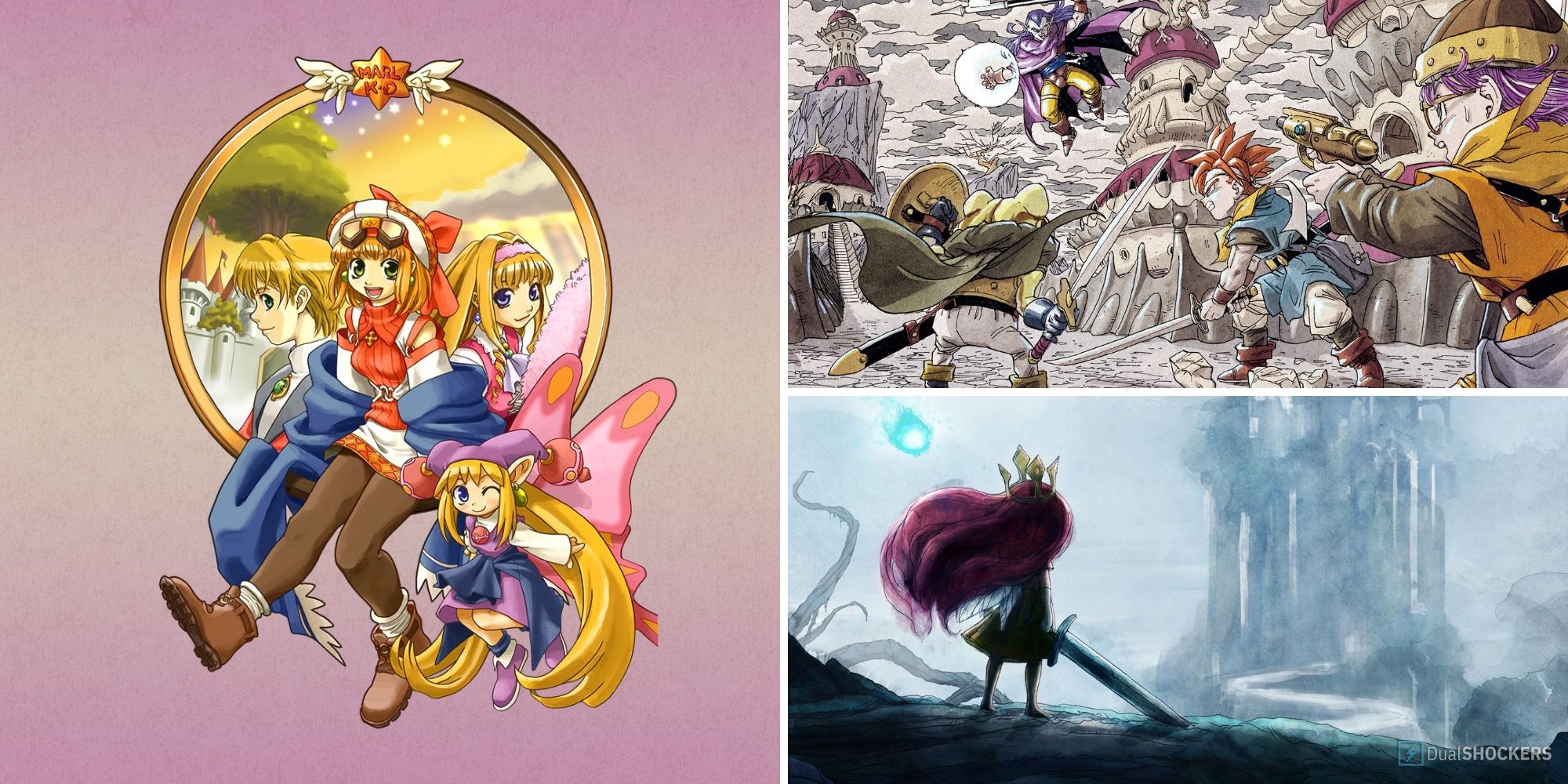
Related
10 JRPGS With Short Runtimes
These games are for those who love JRPGs but don’t want to spend months on the same playthrough.
With so many cities to visit, some end up slipping by, serving as nothing more than a checkpoint. However, one or another stands out, forever etched in our memories.
This article will showcase what I consider the most iconic JRPG cities I’ve ever visited, whether due to their architectural beauty, the features they offer, or simply a lingering nostalgia in my heart.
I tried to avoid repeating entries from the same franchise, but some cities are so iconic that it would be remiss of me not to include them here.
8 Zaphias
Tales of Vesperia
I played almost every Tales mainline game, but to be honest, I can’t remember many cities. The first one that always comes to mind is Zaphias from Tales of Vesperia, the imperial capital, where we begin the journey of our rebellious protagonist, Yuri Lowell.
What stood out the most in Zaphias is its caste system and how the city wears this stark hierarchy on its sleeve. From the lower quarter to the nobles’ quarter, every citizen knows their place and is treated accordingly, which is pretty messed up.
If you explore the noble quarters with Yuri at the beginning of the game and talk to some NPCs, they’ll treat you with disdain, mocking your clothes or even your manners.
Zaphias is iconic because it demonstrates how a city and its people can be lore-aptly (and quite savage) when the narrative demands it.
7 Township
Breath of Fire II
This entry is totally nostalgia-based, but I have a good reason. Township is a city, or town, in Breath of Fire II that you, the player, help build and improve. After saving it from a horde of giant cockroaches, you turn Township into your headquarters and, later on, a full-fledged city.
As we travel through the world of Breath of Fire II, we find NPCs lost in life who would love to move to a new village or even open a business. We can invite these characters to Township and gradually expand it with new shops, facilities, or houses.
It was my first time experiencing a town-building system in a JRPG, and I fell in love instantly. Before Township, I had no idea how satisfying it was to see a city grow, come to life, and gain new resources.
Breath of Fire III and IV also featured similar systems, as did the grand Suikoden, Xenoblade Chronicles, and so on.
6 Zeal
Chrono Trigger
I can already hear the gong chimes and the sitar playing Zeal’s magical soundtrack. A floating continent housing the capital of magically gifted humans? Impossible to dislike.
Chrono Trigger takes us across different eras, yet it doesn’t stick rigidly to each age’s culture, geography, or historical period. The world-renowned JRPG respects its mythology and sprinkles every region with heavy doses of fantasy, detail, and ingenuity.
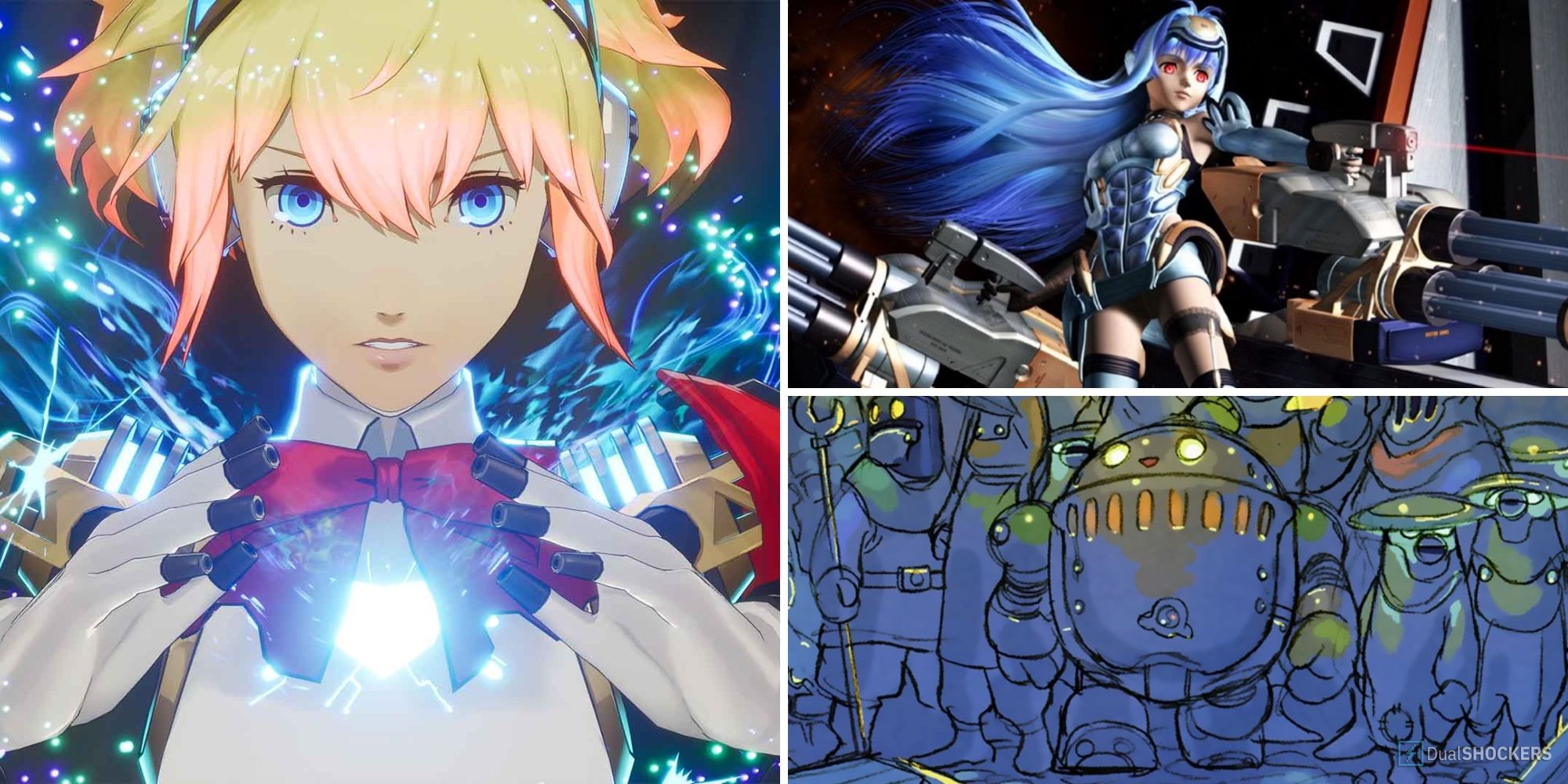
Related
9 Best JRPG Robot Party Members
These characters may not have a heart, but they’re still full of love.
The first time I went to 12,000 BC, I thought I’d see an entirely medieval era, but Chrono Trigger proved me wrong. The kingdom of Zeal is a phenomenon of technology and magic, a center of enlightenment. But, as is almost a given, the pursuit of ever more power led to the kingdom’s downfall.
Who would’ve thought draining power from an alien monster was a bad idea?
5 Heliodor
Dragon Quest XI
If you ask me, I might prefer Puerto Valor or even Gondolia in Dragon Quest XI, but in terms of reputation and iconic status, Heliodor takes the cake simply because it’s the first city and, statistically speaking, the one players visit the most.
One of the most charming and recurring traits in Dragon Quest is how each city reflects a real-world region, both in its architecture and the accents of its residents.
Puerto Valor is inspired by Spain, while Gondolia references Italy. Heliodor, in turn, is possibly the most traditional, with its English theme and countless regional accents.
And yeah, it might sound like I’m dissing Heliodor, but quite the opposite. It’s one of the most classic and traditional medieval cities possible, something surprisingly rare in JRPGs.
The city is also divided into districts, including a noble area and the downtown, where shady characters gather.
4 Grand Trad
Metaphor: ReFantazio
Even though I googled the meaning of iconic before picking the cities, I thought it would be interesting to include Grand Trad for reasons utterly opposite to the word’s definition.
That’s because the capital of the Kingdom of Euchronia is easily memorable for how obnoxious and harmful it is.
Metaphor: ReFantazio is an extremely political JRPG that tackles topics such as diversity and racial equality. Before we even step foot in Grand Trad, countless civilians are already spewing insults and slurs toward our Elda protagonist in broad daylight.
As if it couldn’t get any worse, public executions and mistreatment of the homeless are common sights in the capital, to the point where even children witness them without so much as batting an eyelash.
Grand Trad may not be as beautifully iconic as the others here, but it will certainly be memorable for years to come.
3 Altissia
Final Fantasy XV
I’m not the biggest fan of Final Fantasy XV. I played the game at launch, so I got it in that “unfinished” state, and even after playing the DLCs, I was left with an existential void, as if I had been betrayed by my own hype.
However, I can’t deny that Final Fantasy XV is gorgeous. That includes its characters, monsters, the vast—though empty—open fields of the world, and, of course, the cities. Especially Altissia, the Venice-inspired municipality.
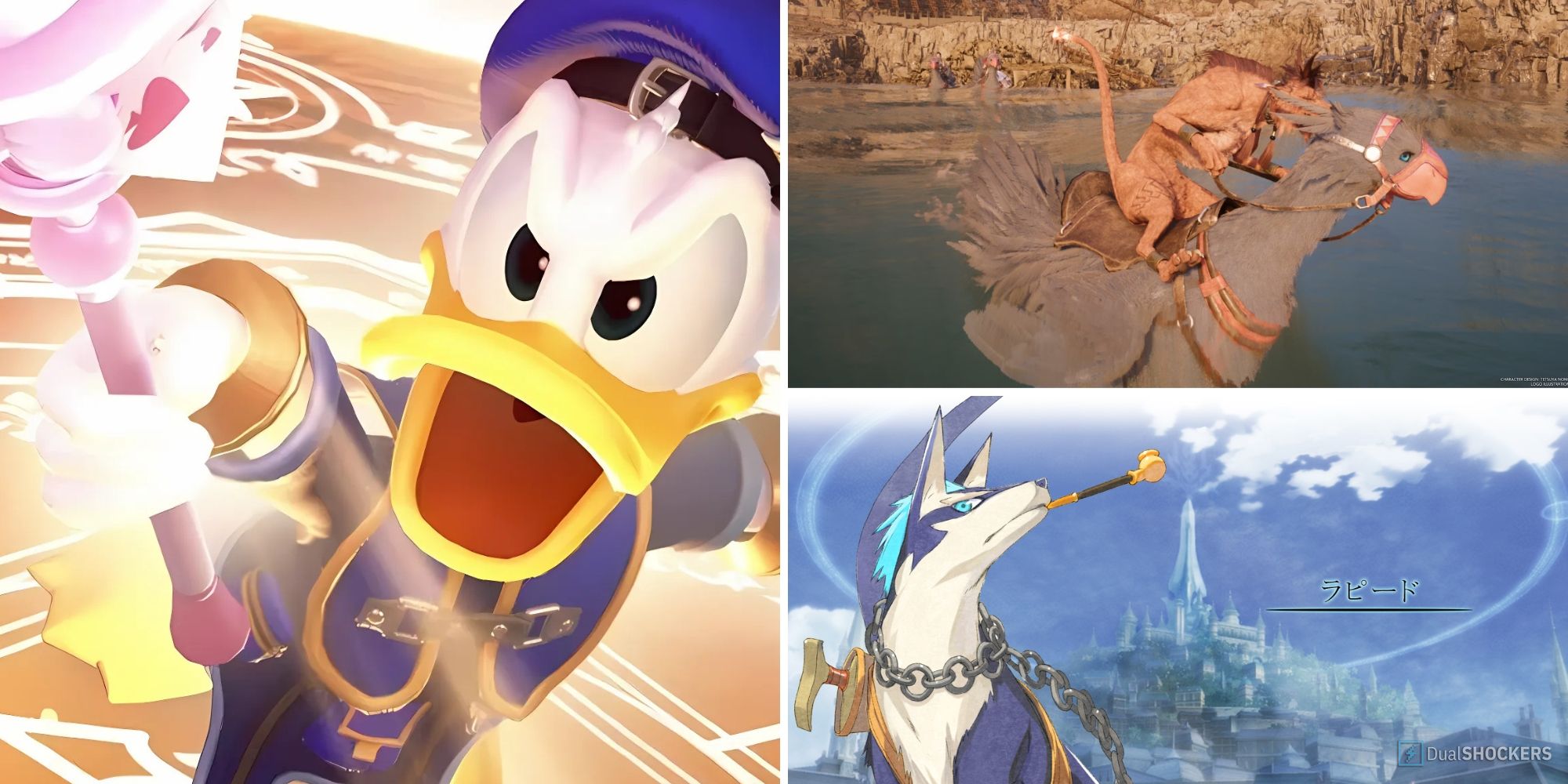
Related
9 Best JRPG Animal Party Members
It’s always nice to have an animal to lighten up our journey, even if it’s a furry.
In Altissia, we can fish, visit countless cafés, take pictures with Prompto, and ride gondolas back and forth.
It’s one of the most beautiful cities in JRPGs and deserves all our love, especially since part of it is destroyed by a rampaging Leviathan. Not that, gameplay-wise, we can see that destruction’s impact.
After defeating Leviathan, our exploration of Altissia remains the same, suggesting that the destroyed part was the half the player never had access to. I get why they did this, and I hate it when a game makes features missable due to widespread destruction. Oh, Altissia, mon chéri, je t’aime.
2 New Los Angeles
Xenoblade Chronicles X
It was tough to pick just one city from the Xenoblade series, so I chickened out and chose the one with the most narrative relevance and, naturally, the highest number of features in the entire franchise. I also took advantage of the fact that a Definitive Edition of Xenoblade Chronicles X is coming.
New Los Angeles is the only city in Xenoblade Chronicles X, the last haven of humanity that fled a dying Earth in search of a new home.
The remnants of society in this new city constantly struggle to survive while explorers—we, the players!—search for the Lifehold, a supercomputer housing the consciousness and DNA of living beings.
As the name suggests, New Los Angeles mimics Los Angeles, featuring an American-style but more futuristic architecture. We can walk around the city, observe the daily lives of some residents, and watch it thrive as we recruit more people and complete more sidequests.
As the grand and only hub of Xenoblade Chronicles X, NLA was obligated to be an iconic city. Luckily, it delivers. The sheer amount of sidequests, extra activities, and everyday events we can witness make it an incredibly captivating place and one of the best in the entire Xenoblade series.
1 Midgar
Final Fantasy VII
Seventh Heaven, Shinra, Wall Market, the sectors. It’s hard to find a JRPG city with more recognizable landmarks than Midgar in Final Fantasy VII. The cyberpunk-aesthetic city is a dystopia with a massive gap between the upper and lower classes. Yet, it remains one of the most famous places in the gaming world.
We start our journey in Midgar, fighting to save the planet and bring a shred of dignity to the common people by standing against the Shinra Electric Power Company. Along the way, we get to know the ins and outs of the capital, its people, their struggles, and their joys.
Final Fantasy VII Remake elevated Midgar even further, adding layers to every part of the city, from the Honeybee Inn to the Train Graveyard, all the way to the slums and their everyday residents. Some secondary characters also got more screen time, like Johnny and the Shinra Middle Manager, allowing us to form a connection with them.
I get the complaints from those who think Final Fantasy VII Remake is just a big filler stuffed with padding. But for me, this deep dive into Midgar was the perfect dose and paved the way for my sublime journey in Final Fantasy VII Rebirth, the best JRPG I played in 2024.
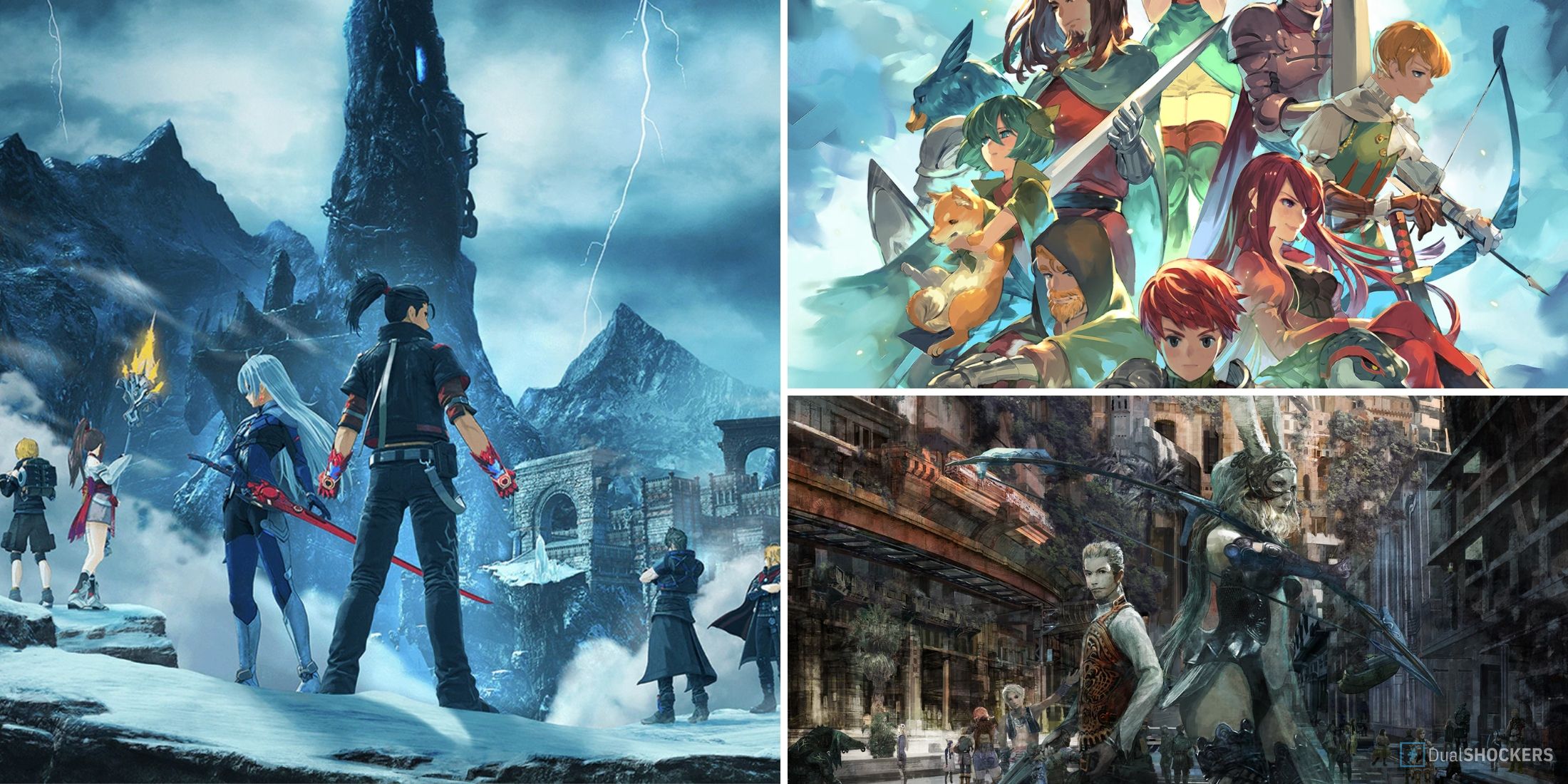
Related
8 JRPGs With the Most Rewarding Exploration
These games are for the intrepid explorers who love to scour every nook and cranny of the worlds they inhabit.
